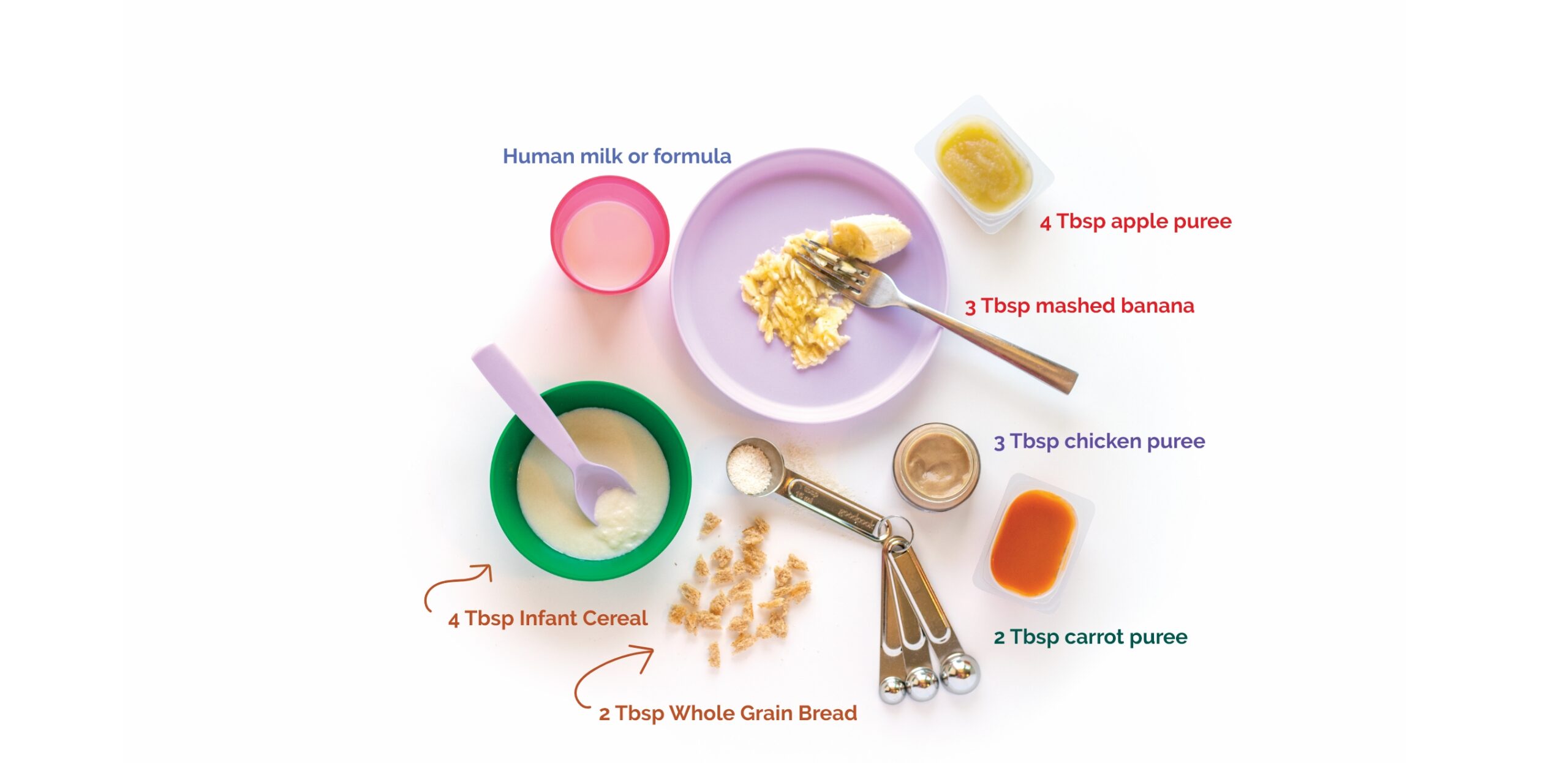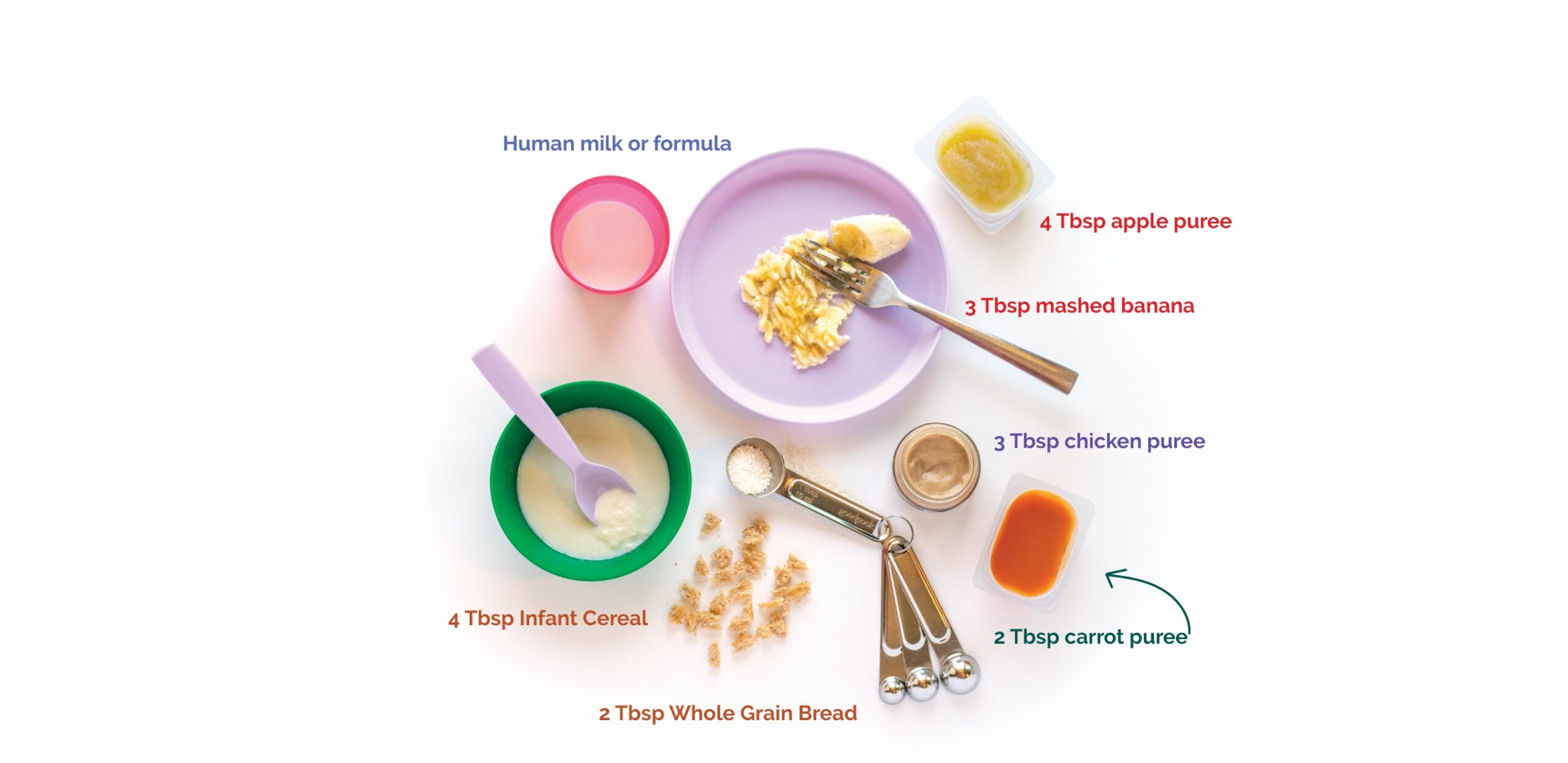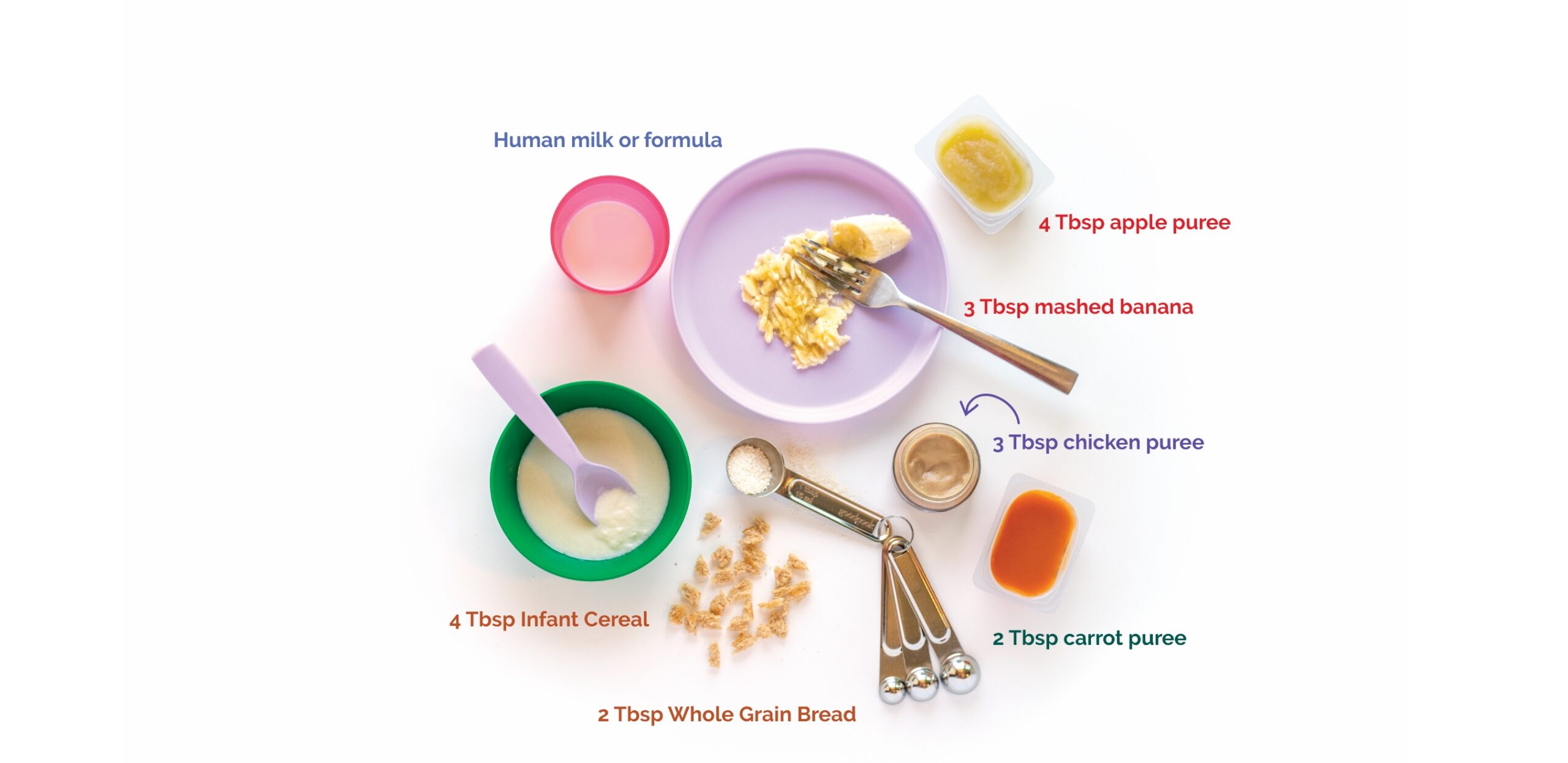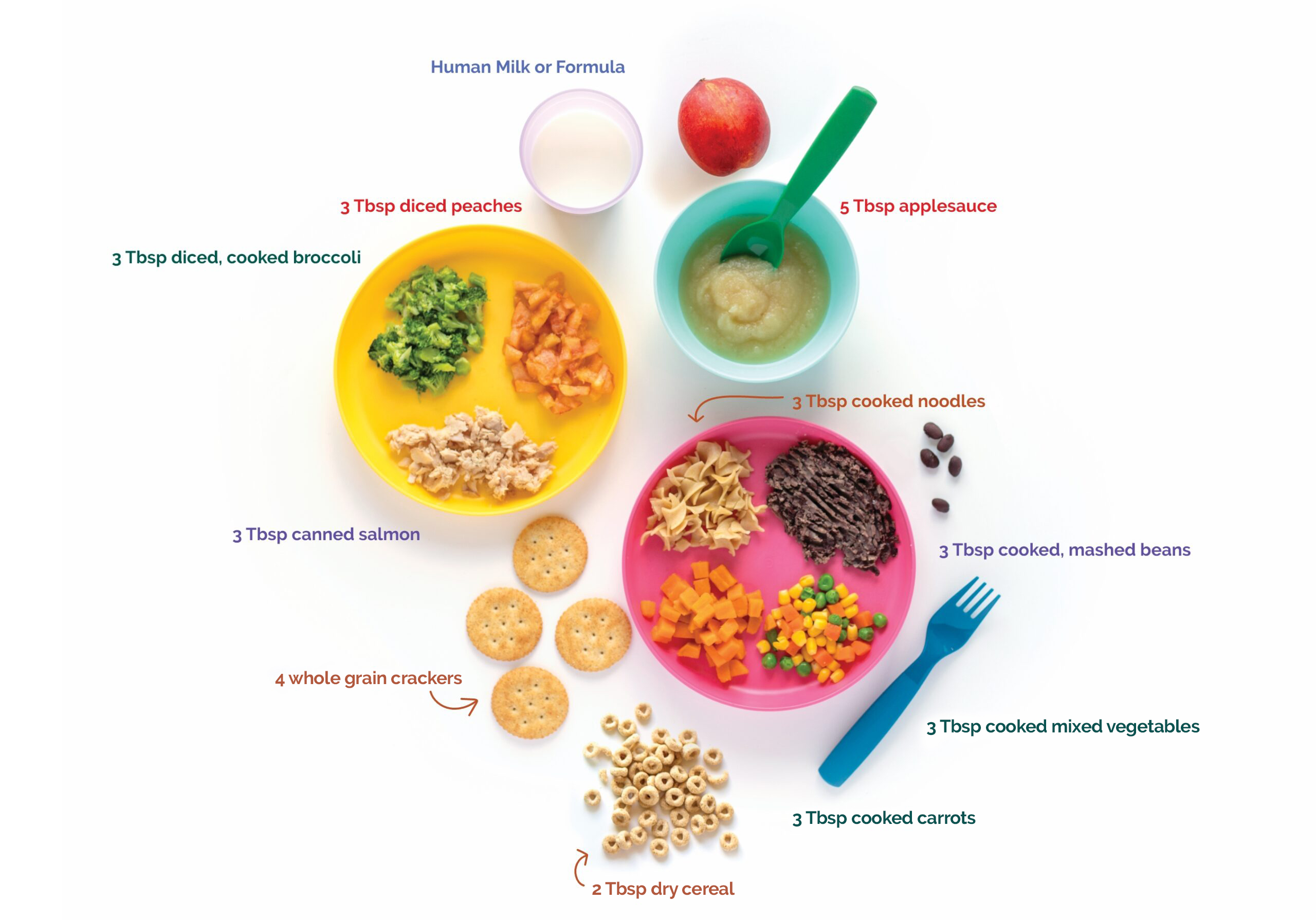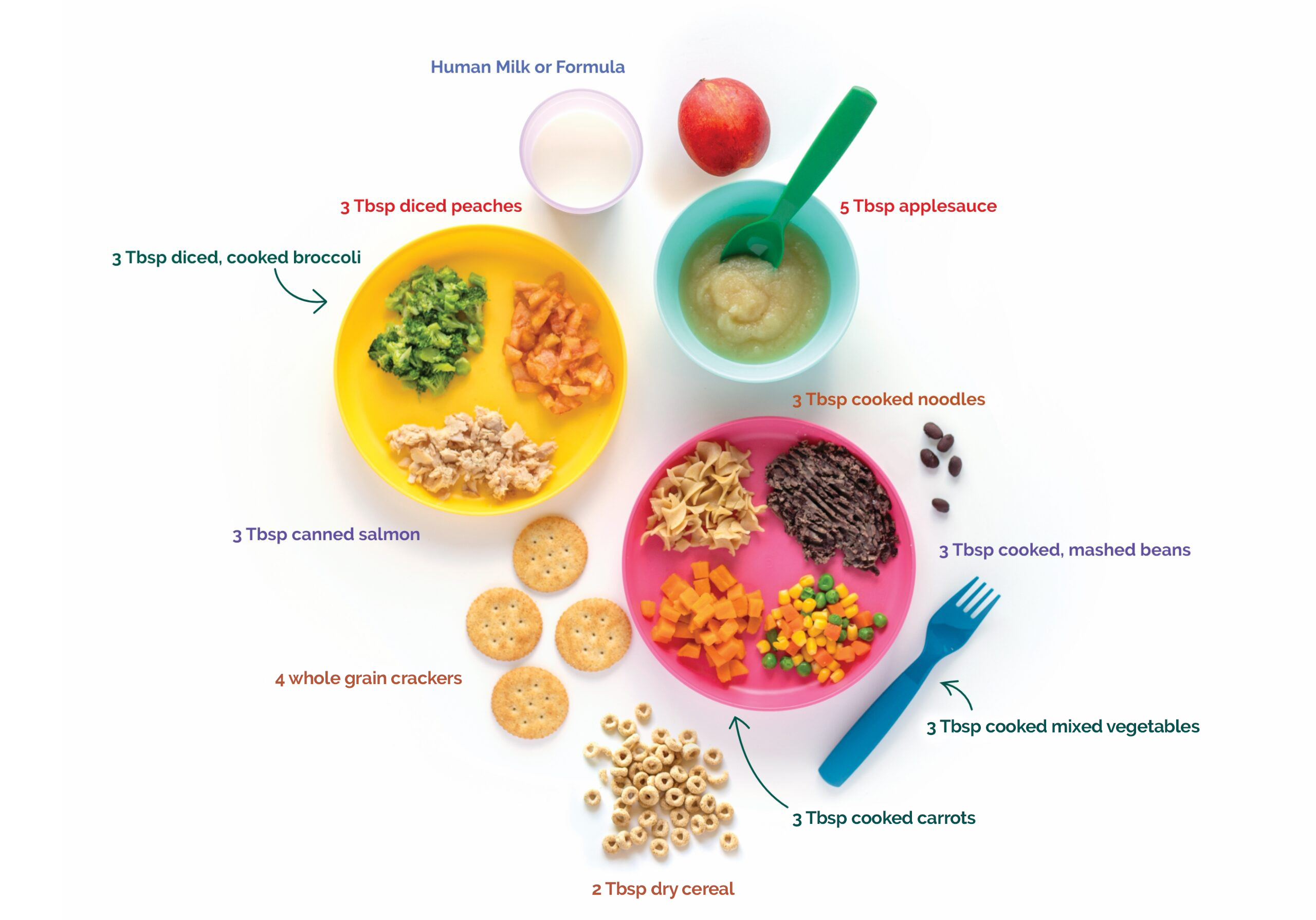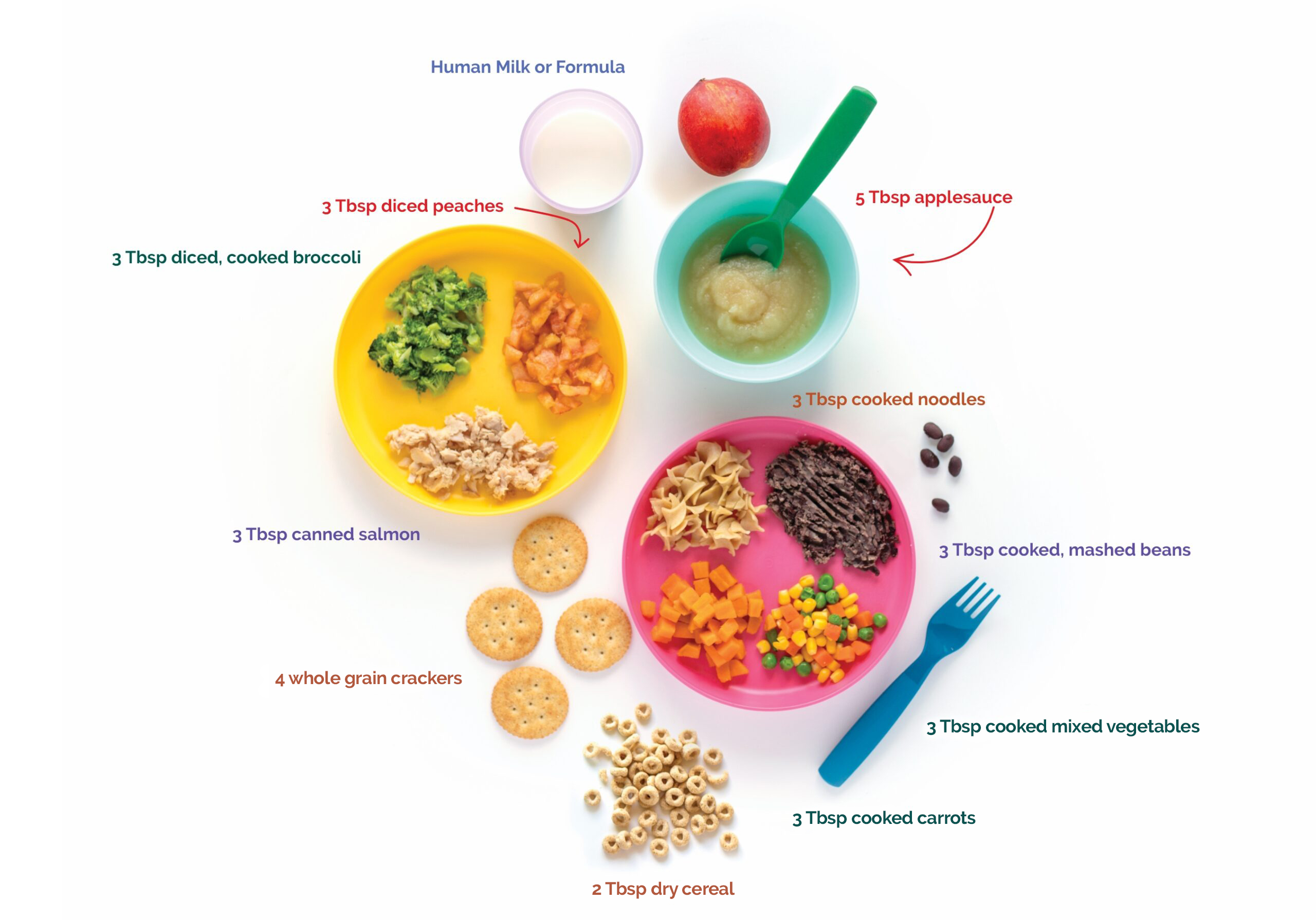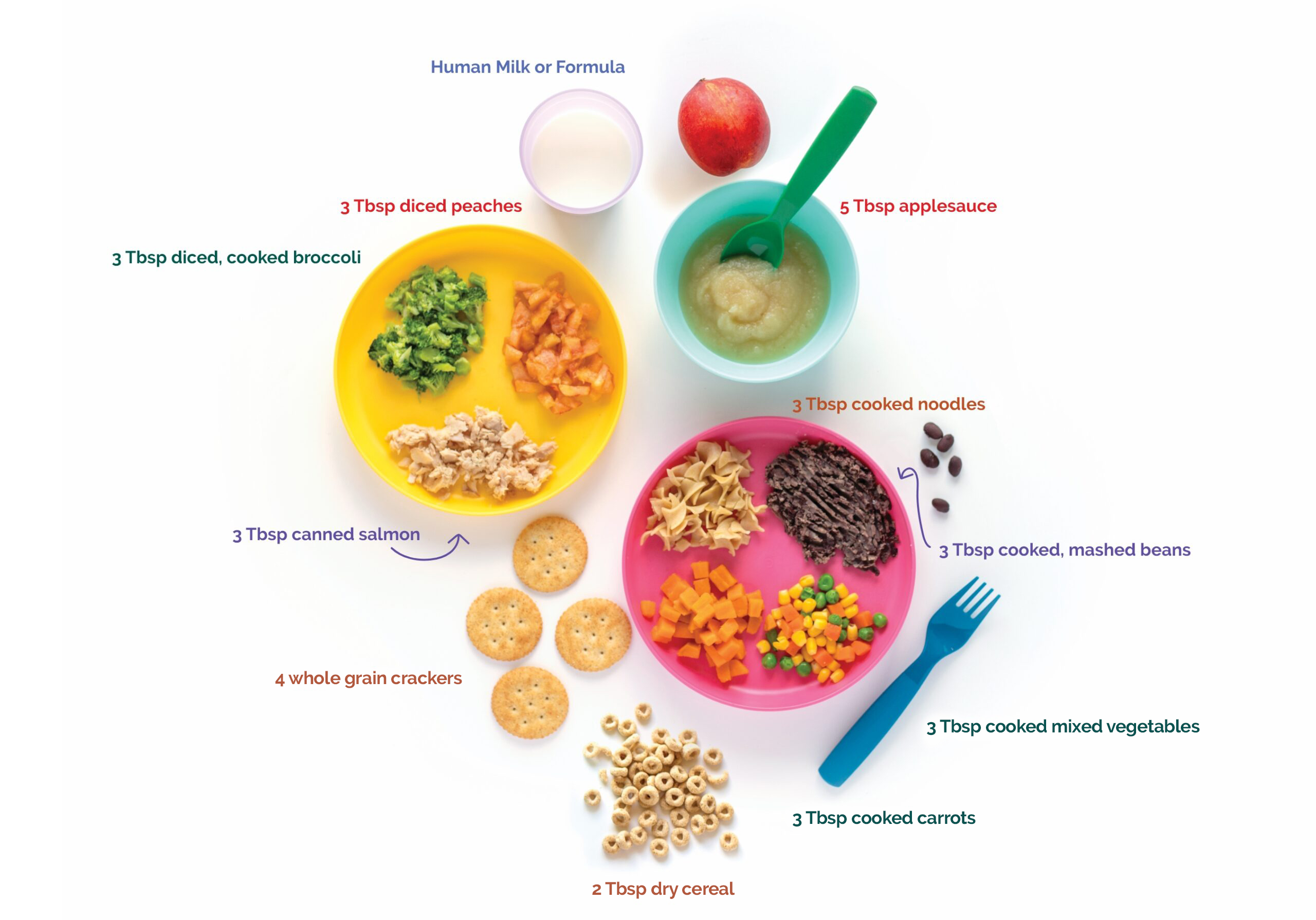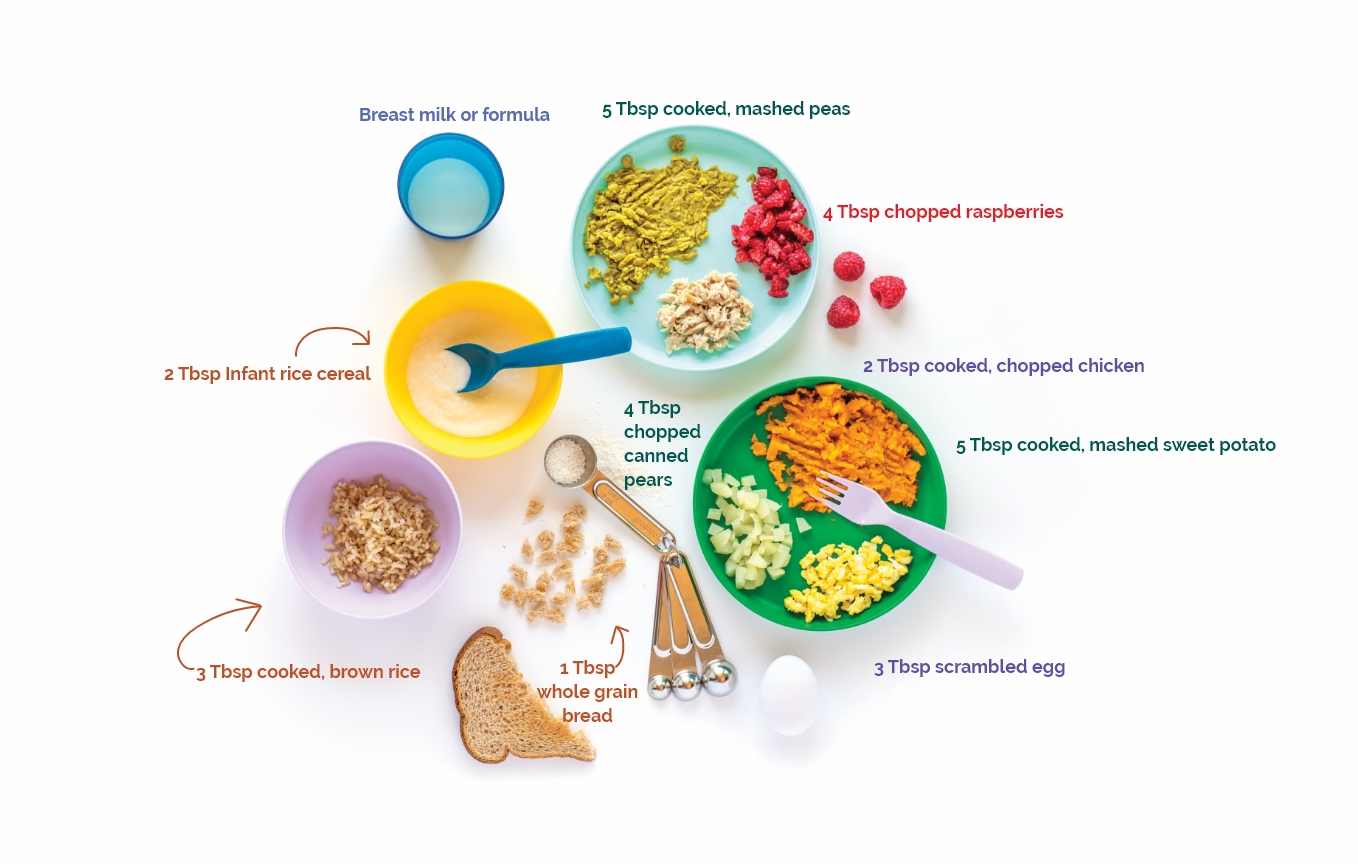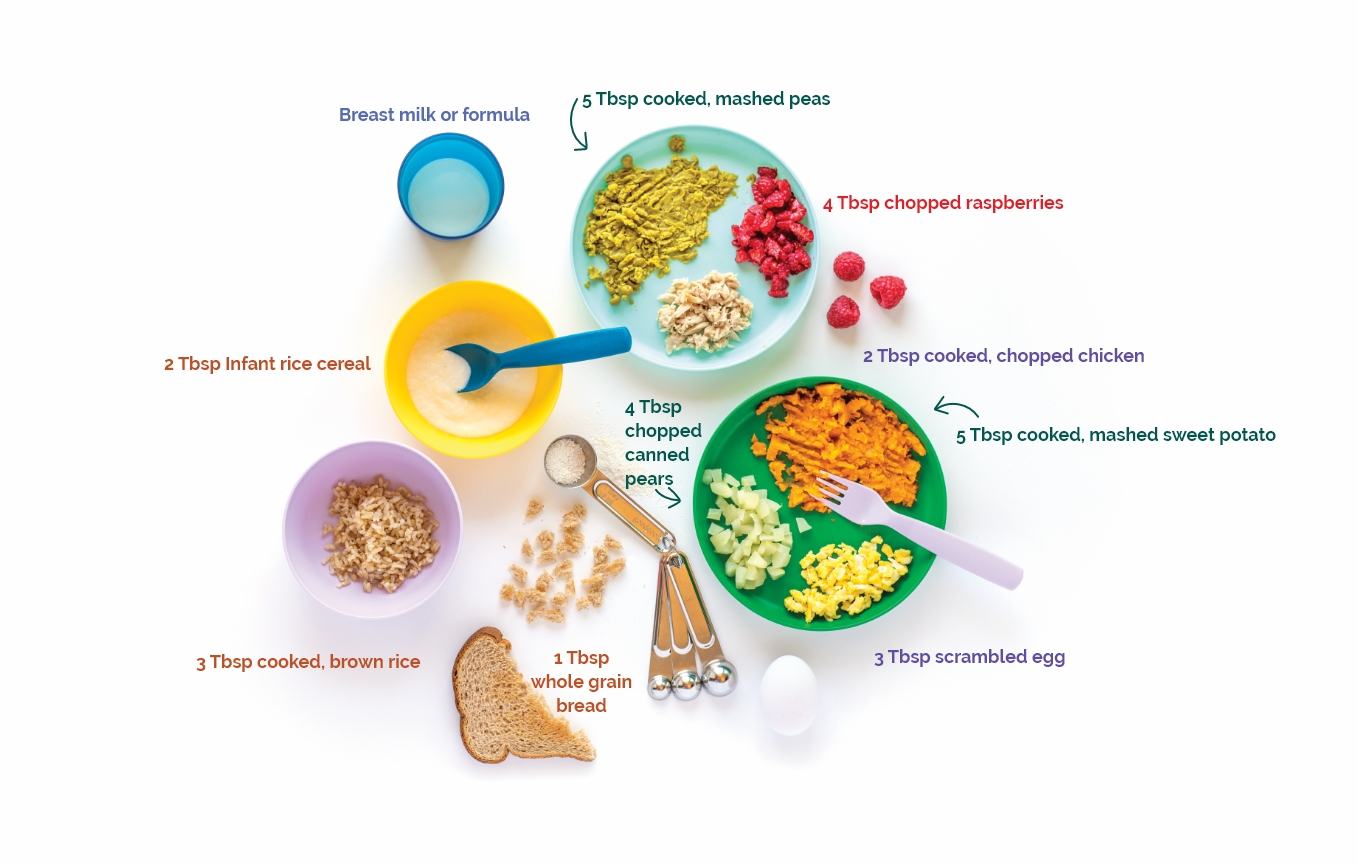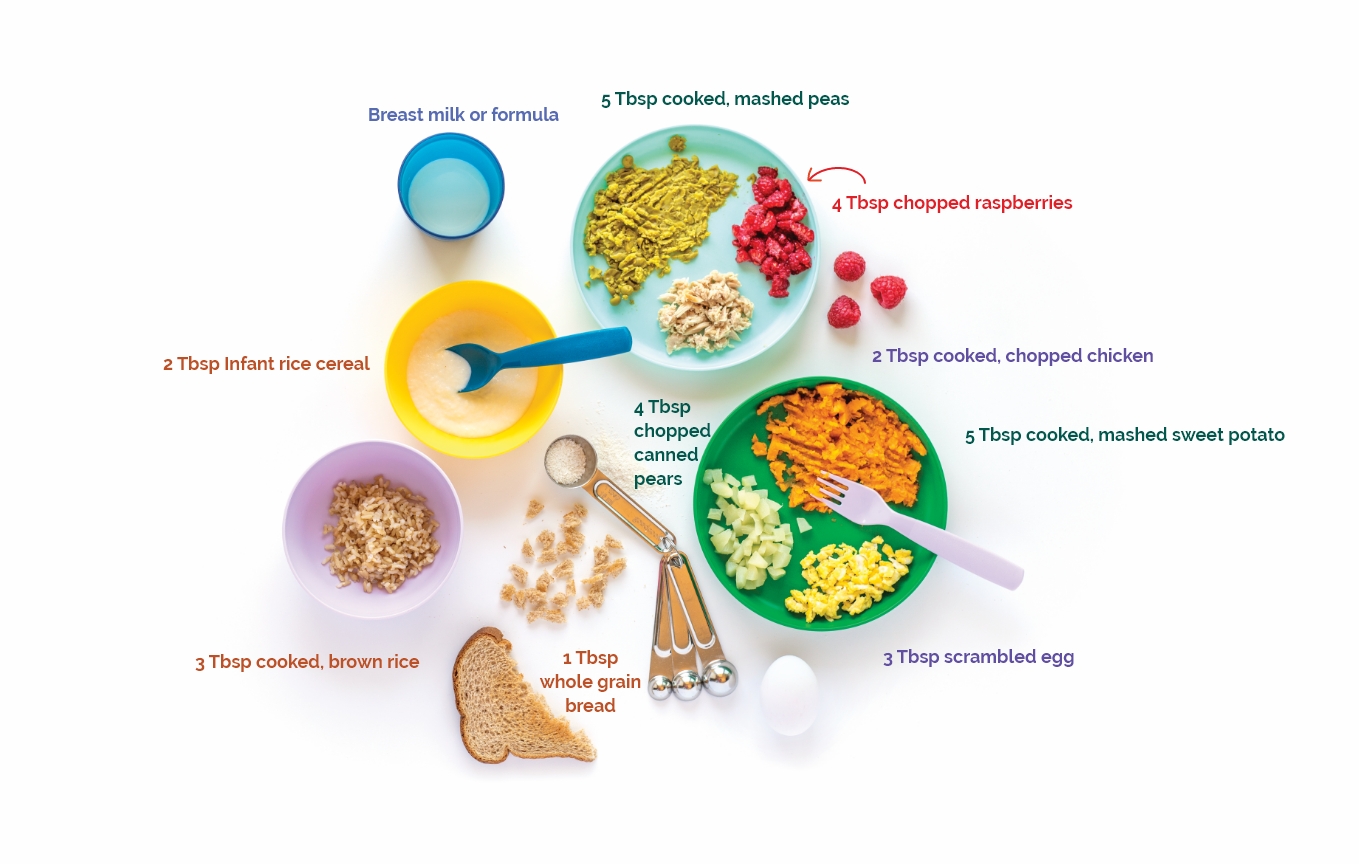
The Picky Eater Playbook: Feeding without the Fuss
- Home
- Live Well Blog
- The Picky Eater Playbook: Feeding without the Fuss
Here’s some good news:
You Can!
The key is understanding the division of responsibility in feeding.
As a parent, your role is to provide nourishing meals and snacks at regular times. Your child’s role is to decide whether and how much to eat. This approach helps create a positive mealtime experience and encourages healthy eating habits over time.
Most children go through a picky eating phase, often starting around age 1 or 2 years of age. This is when they begin to express opinions about food. One day they love carrots; the next day, they won’t touch them. This is completely normal!
Try these tips to support your picky eater and help them build healthy eating habits for life:
Don’t force your child to eat or insist they clean their plate. Pressuring them can lead to power struggles and negative feelings about food. Instead, encourage them to listen to their bodies. Let them ask for more if they’re still hungry or stop if they’re full. Keep mealtimes structured by having everyone sit at the table together, even if your child isn’t eating.
Kids are more likely to try new foods when they’re part of the process. Invite them to help with meal prep, set the table, or clean up. At the grocery store, let them pick out colorful fruits or vegetables. These small tasks help them feel included and excited about mealtimes. For older kids, teaching cooking skills can have lasting benefits. Research shows that teens who learn to cook eat more fruits and vegetables
as adults.
Encourage your child to explore their food. Talk about the color, shape, smell, taste, and texture of different foods. Fun activities like taste tests can make trying new foods less intimidating. For example, have them compare the sweetness of apples or the crunchiness of different crackers. When food feels fun, kids are more open to it.
Kids are curious by nature. Use this to your advantage by explaining why certain foods are good for their growing bodies. Research shows that when children understand the benefits of healthy foods, like fruits, vegetables, and beans, they’re more willing to eat them. Share simple, age-appropriate messages like, “Carrots help you see better.” or “Yogurt helps you grow strong.”
Serve meals and snacks at regular times throughout the day with a mix of nourishing and tasty options. Even if your child doesn’t eat much at one meal, they’ll have plenty of chances to get the nutrition they need. Repeated exposure to new foods helps children become more comfortable with them. The key is to remain patient – your child may need to see a new food 15 or more times before they are willing to try it.
Kids are more likely to try new foods when mealtimes are calm and pleasant. Turn off the TV and put away electronic devices so your child can focus on eating and enjoying family time. A relaxed atmosphere makes food exploration feel safe and positive.
Brighten up meals with creative touches! Cut sandwiches into fun shapes, create silly food faces, or serve colorful fruits and veggies. Older kids might enjoy unexpected meals, like breakfast for dinner, or experimenting with dips and sauces. Smoothies made with vibrant fruits and vegetables are another
great option.
Using dessert as a reward can send the message that sweets are the best part of the meal. Instead, offer desserts occasionally as part of a balanced approach to eating. You can even make dessert healthier by incorporating fruits, yogurt, or whole grains.
Your child’s eating habits likely won’t change overnight, but with patience and consistency, they can develop a positive relationship with food. Remember, your role is to provide a variety of nutritious options. Trust your child to decide how much to eat. Over time, this division of responsibility will empower them to make healthy choices for life.

REFERENCES
LeBlanc J, Ward S, LeBlanc CP. The Association Between Adolescents’ Food Literacy, Vegetable and Fruit Consumption, and Other Eating Behaviors. Health Educ Behav. 2022 Aug;49(4):603-612. doi: 10.1177/10901981221086943. Epub 2022 Apr 2. PMID: 35373626; PMCID: PMC9350450.
https://pmc.ncbi.nlm.nih.gov/articles/PMC9350450/
Mayo Clinic Health System. Raising healthy eaters: Should kids clean their plate?
https://www.mayoclinichealthsystem.org/hometown-health/speaking-of-health/raising-healthy-eaters-should-kids-clean-their-plate

